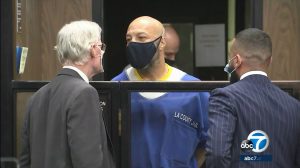Another Power Trial Lawyers, P.C. client is fortunate to be successfully resentenced out of Riverside County pursuant to Senate Bill 483 and Penal Code § 1170.03.
On April 15, 2022, after nearly 9-months of review, the California Superior Court of Rancho Cucamonga successfully resentenced a Power Trial Lawyers, P.C., sparing him from an illegitimate sentence. The San Bernardino Superior resentencing Court issued Power Trial Lawyers, P.C. a new Abstract of Judgment amending our client’s sentence.
In 2012, the client was initially charged with three (3) counts of robbery (Penal Code1 § 211), each with allegations of the robberies being committed for the benefit of a criminal street gang (§ 186.22, subd. (b)(1)(C)) and use of a firearm (§ 12022.53, subds. (b), (e)(1)). He was also charged with a single count of being a prohibited person (i.e., felon or addict) in possession of a firearm (§ 29800, subd. (a)) with a criminal street gang enhancement (§ 186.22, subd. (b)(1)(A)). Further, it was alleged that he had suffered a prior prison term (§ 667.5, subd. (b)).
 Los Angeles Criminal Defense and Appeals Lawyer Blog
Los Angeles Criminal Defense and Appeals Lawyer Blog












